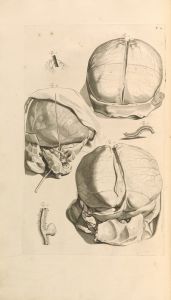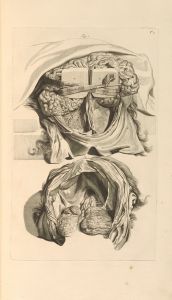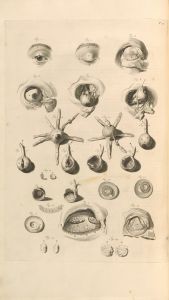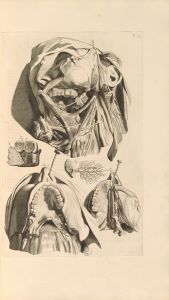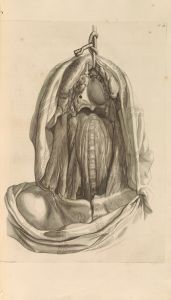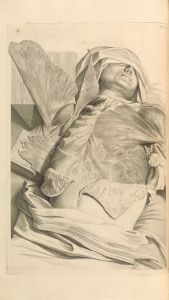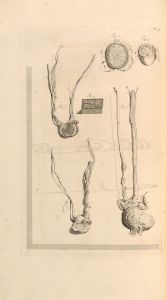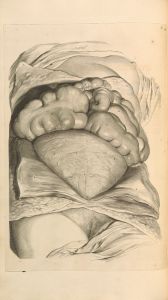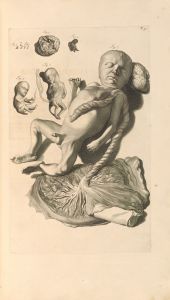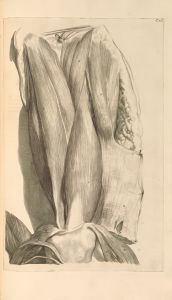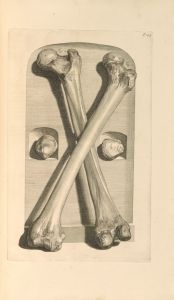
Anatomia humani corporis Pl.031
A hand-painted replica of Gerard de Lairesse’s masterpiece Anatomia humani corporis Pl.031, meticulously crafted by professional artists to capture the true essence of the original. Each piece is created with museum-quality canvas and rare mineral pigments, carefully painted by experienced artists with delicate brushstrokes and rich, layered colors to perfectly recreate the texture of the original artwork. Unlike machine-printed reproductions, this hand-painted version brings the painting to life, infused with the artist’s emotions and skill in every stroke. Whether for personal collection or home decoration, it instantly elevates the artistic atmosphere of any space.
Gerard de Lairesse (1640–1711) was a Dutch Golden Age painter and engraver, known for his classical and academic style. He contributed significantly to the fields of anatomy and art through his collaboration with medical professionals. One of his notable works is the illustration "Anatomia humani corporis Pl.031," which is part of a larger series of anatomical plates created for the book Anatomia Humani Corporis by Govard Bidloo, a Dutch anatomist and physician.
Published in 1685, Anatomia Humani Corporis (The Anatomy of the Human Body) was a groundbreaking anatomical atlas that featured 105 detailed copperplate engravings based on dissections. Gerard de Lairesse was commissioned to create the illustrations, which were then engraved by Abraham Blooteling and others. The work was intended to provide an accurate and artistic representation of the human body for medical and educational purposes. It combined scientific precision with artistic skill, reflecting the intersection of art and science during the Dutch Golden Age.
Plate 031 (Pl.031) is one of the illustrations from this atlas. Like the other plates in the series, it depicts a specific anatomical structure or dissection in meticulous detail. The image is notable for its combination of scientific accuracy and artistic composition, a hallmark of de Lairesse's work. The figures in the plates are often presented in dramatic, almost theatrical poses, which was a stylistic choice influenced by the Baroque art of the period. This approach not only highlighted the anatomical details but also gave the illustrations a sense of movement and life.
The Anatomia Humani Corporis was initially published in Latin and later translated into other languages. Despite its artistic and scientific achievements, the atlas faced criticism for being overly elaborate and for certain inaccuracies in the anatomical details. Nevertheless, it remains an important historical document that showcases the collaboration between artists and scientists in the 17th century.
Gerard de Lairesse's contribution to this work exemplifies his versatility as an artist and his ability to adapt his skills to scientific illustration. While he is better known for his mythological and allegorical paintings, his work on Anatomia Humani Corporis demonstrates his role in advancing the visual representation of anatomy during his time.






